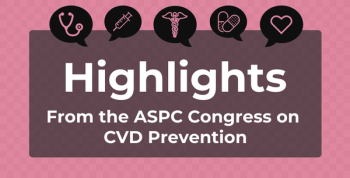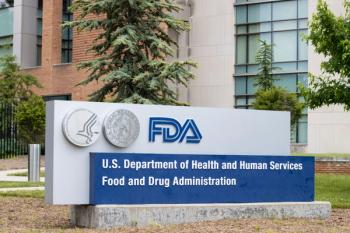
Similar Incidence Rates of Febrile Neutropenia Between Short- and Long-Acting G-CSFs
Incidence of febrile neutropenia, hospitalizations, and chemotherapy dose reductions and/or delays were similar between short- and long-acting granulocyte-colony stimulating factors, according to a meta-analysis of randomized controlled trials.
Incidence of febrile neutropenia, hospitalizations, and chemotherapy dose reductions and/or delays were similar between short- and long-acting granulocyte-colony stimulating factors (G-CSFs), according to a meta-analysis of randomized controlled trials (RCTS).
The use of prophylactic agents such as G-CSFs has decreased the duration of neutropenia, optimizing chemotherapy outcomes and decreasing the risk of febrile neutropenia. Short-acting G-CSFs (filgrastim) are administered daily for up to 2 weeks or until absolute neutrophil count reaches 10,000/mm3, while long acting G-CSFs (pegfilgrastim) are administered once every 2 to 3 weeks, depending on the chemotherapy cycle.
In previous observational studies, neutropenia-related outcomes were found to be generally lower for long-acting G-CSFs than short-acting G-CSFs. To verify or refute these findings, researchers performed a meta-analysis on RCTs and non-RCTs reporting reduction of febrile neutropenia from G-CSFs.
Of the 36 studies, 11 RCTs and 13 non-RCTs evaluated the incidence of febrile neutropenia in short- and long-acting G-CSFs. Results from all the RCTs and 6 non-RCTs revealed no statistically significant differences in the incidence of febrile neutropenia between short- and long-acting G-CSFs. Overall risk for febrile neutropenia for the RCTs demonstrated that the risk was generally lower for long-acting G-CSFs than with short-acting G-CSFs, although the difference was not statistically significant (P = .226).
Of the remaining non-RCTs, 5 reported long-acting G-CSFs to be significantly superior. Overall risk for febrile neutropenia of non-RCTs in the meta-analysis followed similar trends of superiority of long-acting G-CSFs; however, the difference was statistically significant (P = .023).
Among the 5 RCTs that reported incidence of hospitalizations, none of them found significant differences between short- and long-acting G-CSFs. However, of the 15 non-RCTs, 9 of them reported significantly lower hospitalizations for long-acting G-CSFs compared with short-acting G-CSFs. Hospitalizations due to febrile neutropenia were also generally lower in the long-acting G-CSFs in the meta-analysis of non-RCTs (relative risk [RR] = 0.68; P < .05). Not enough RCTs reporting incidence of hospitalizations were available for a meta-analysis.
Dose reductions and/or delays were similar between short- and long-acting G-CSFs in the 4 RCTs that reported dose reductions due to neutropenia. In the 10 non-RCTS that reported dose reductions from neutropenia, 2 reported higher incidence of dose reductions and/or delays with short-acting G-CSFs. Overall risk of chemotherapy delays from the meta-analysis of non-RCTs showed lower risks with long-acting G-CSFs compared with short-acting G-CSFs (RR= 0.68; P = .02). Not enough RCTs reporting dose reductions were available for a meta-analysis.
Although there was a trend in favor of long-acting G-CSFs in non-RCTs, these results could have simply come from underdosing short-acting G-CSFs, according to the researchers. In RCTs, where short-acting and long-acting G-CSFs were dosed according to recommended guidelines, the results were similar, suggesting no clinical differences between short- and long-acting G-CSFs.
Reference:
Cornes P, Gascon P, Chan S, et al. Systematic review and meta-analysis of short- versus long-acting granulocyte colony-stimulating factors for reduction of chemotherapy-induced febrile neutropenia. Adv Ther. 2018;35(11):1816-1829. doi: 10.1007/s12325-018-0798-6.
Newsletter
Stay ahead of policy, cost, and value—subscribe to AJMC for expert insights at the intersection of clinical care and health economics.








































